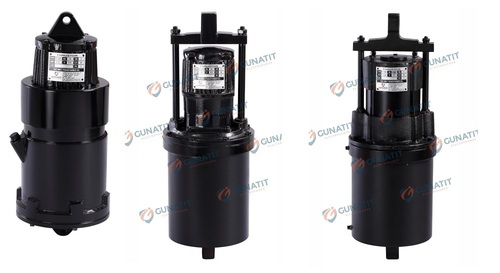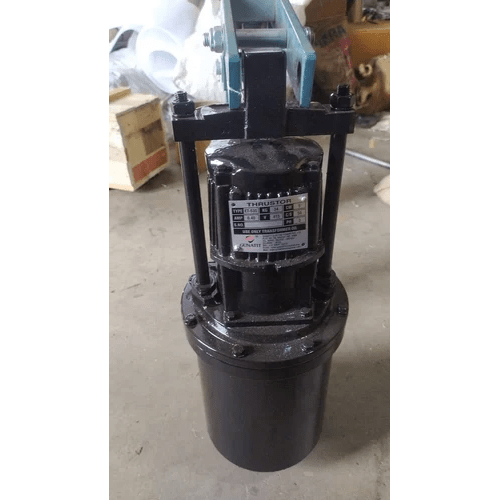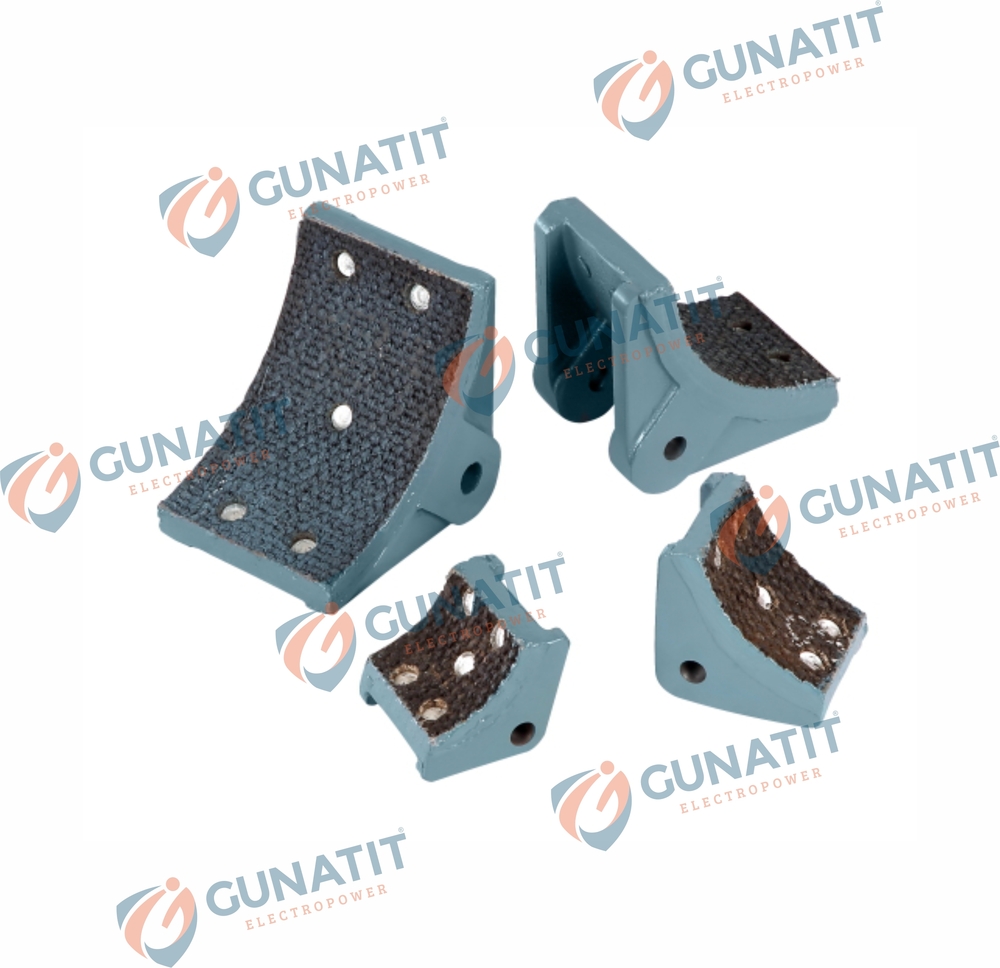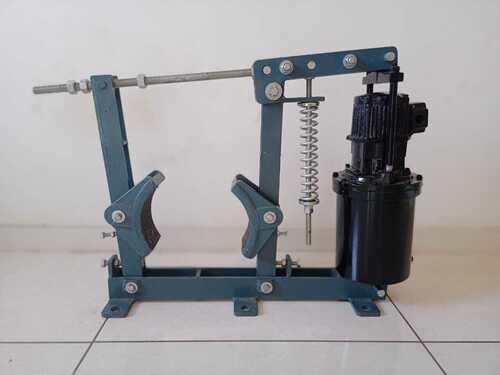

Electro Hydraulic Thrusters
उत्पाद विवरण:
- रंग Black
- उपयोग Industrial
- शर्त
- ऑपरेटिंग मोड Manual
- बिजली की आपूर्ति Electric
- वोल्टेज वोल्ट (v)
- Click to view more
इलेक्ट्रो हाइड्रोलिक थ्रस्टर्स मूल्य और मात्रा
- 1
- नंबर
इलेक्ट्रो हाइड्रोलिक थ्रस्टर्स उत्पाद की विशेषताएं
- Electric
- Industrial
- वोल्ट (v)
- Black
- Manual
इलेक्ट्रो हाइड्रोलिक थ्रस्टर्स व्यापार सूचना
- मुंद्रा, भारत
- , ,
- 10000 प्रति महीने
- 2-3 दिन
- Yes
- नमूना लागत, शिपिंग और करों का भुगतान खरीदार द्वारा किया जाना है
- कार्टून बॉक्स पैकिंग
- , , , , , , , ,
- ऑल इंडिया
- एक आईएसओ 9001: 2008 प्रमाणित कंपनी
उत्पाद विवरण
Electro-hydraulic thrusters are devices that convert electrical signals into hydraulic force or motion. These thrusters are commonly used in various industrial applications where precise and controlled linear or rotary motion is required. They play a crucial role in systems like hydraulic brakes, clutches, and other applications where hydraulic force is needed.
Here's a breakdown of the key components and functions of electro-hydraulic thrusters:
1. Electrical Input:
Electro-hydraulic thrusters are typically powered by electrical signals. This can be in the form of voltage or current supplied to the device.
2. Electromagnetic Coil:
The electrical input is usually connected to an electromagnetic coil within the thruster. When an electrical current passes through the coil, it generates a magnetic field.
3. Armature:
The magnetic field produced by the coil interacts with an armature, which is a movable component within the thruster. This interaction causes the armature to move in response to the electrical input.
4. Hydraulic System:
Connected to the armature is a hydraulic system. The movement of the armature is used to control the flow of hydraulic fluid within the system.
5. Piston/Cylinder Mechanism:
The hydraulic force generated by the movement of the armature is often used to actuate a piston or cylinder mechanism. This hydraulic force is then translated into linear or rotary motion, depending on the specific application.
Applications of Electro-hydraulic thrusters:
Electro-hydraulic thrusters find applications in various industries. They are commonly used in industrial machinery, hydraulic presses, braking systems (such as those in heavy machinery and trains), and other systems where precise control of hydraulic force and motion is essential.
Electro-hydraulic thrusters Advantages:
1. Precise Control: Electro-hydraulic thrusters allow for precise and proportional control of hydraulic force and motion.
2. Remote Operation: They can be controlled remotely through electrical signals.
3. Reliability: These systems are known for their reliability and durability in industrial settings.

Price: Â
- 50
- 100
- 200
- 250
- 500
- 1000+
 08045801632
08045801632
 English
English Spanish
Spanish French
French German
German Italian
Italian Chinese (Simplified)
Chinese (Simplified) Japanese
Japanese Korean
Korean Arabic
Arabic Portuguese
Portuguese






 जांच भेजें
जांच भेजें एसएमएस भेजें
एसएमएस भेजें
